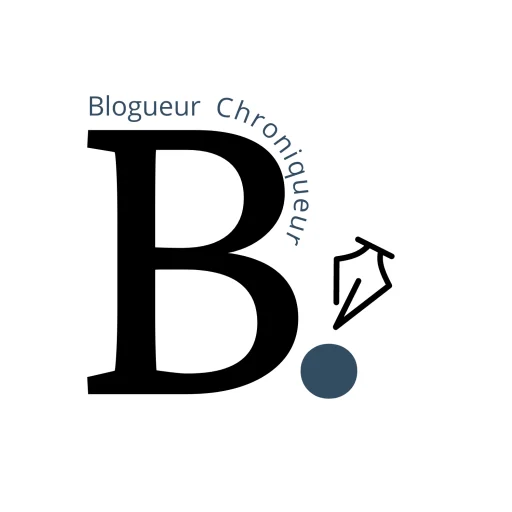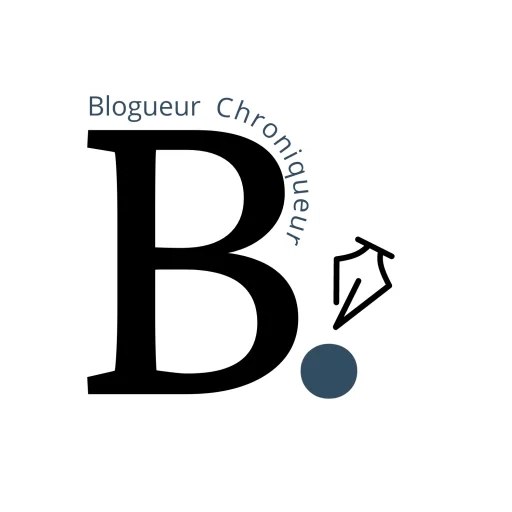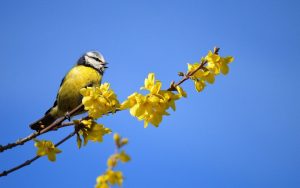From 12 May, the Van Gogh Museum presents a major exhibition on Vincent van Gogh’s final months. The artist was immensely productive during the period that he spent in the northern French village of Auvers-sur-Oise, and where he created several of his best-known paintings, including Wheatfield with Crows (1890, Van Gogh Museum, Amsterdam) and Dr Paul Gachet (1890, Musée d’Orsay, Paris). This is the first exhibition to offer an overview of what was a brief yet crucial final phase in Van Gogh’s artistic development.
Exhibition Van Gogh in Auvers. His Final Months
Van Gogh in Auvers. His Final Months brings together loans from museums and private collections all over the world, including masterpieces like The Church at Auvers (1890, Musée d’Orsay, Paris), Adeline Ravoux (1890, private collection) and Blossoming Chestnut Branches (1890, Emil Bührle Collection, Zurich). Visitors will have a unique opportunity to view many works by Vincent van Gogh that have never previously been shown together.
Van Gogh in Auvers was organized in collaboration with the Musée d’Orsay in Paris, which has loaned eight paintings as an exception for this special project.
Emilie Gordenker (Director, Van Gogh Museum): ‘We are delighted to be able to present this wonderful exhibition to the world during the year in which the Van Gogh Museum celebrates its fiftieth anniversary. Many of the works have never been shown in the Netherlands before and will be here for the very first time. On this occasion it is fair to say that Van Gogh in Auvers is a once-in-a-lifetime exhibition.’
Officiële perstrailer voor de tentoonstelling ‘Van Gogh in Auvers.
Crucial final phase
Vincent van Gogh arrived in the village of Auvers-sur-Oise, near Paris, on 20 May 1890, having spent a year at an asylum in the south of France. He hoped that a new location, where he could come and go freely while being closer to his brother Theo in Paris, would enable him to cope more effectively with his mental condition. Auvers was chosen because of the presence of Dr Paul Ferdinand Gachet (1828–1909), a physician specializing in the treatment of melancholia, who would be able to support Van Gogh. Gachet’s circle of friends included many artists and he himself painted and etched in his spare time.
Auvers seemed like an ideal setting for Van Gogh, who set to work immediately with a sense of hope and fresh ambition. He took a room at an inn, from which he explored the village and its surroundings, capturing them in a large number of landscapes and village views. There were also regular visits to Gachet’s place, where he painted colourful floral still lifes and several exceptional portraits, among them Dr Paul Gachet (1890, Musée d’Orsay). Van Gogh was highly productive in Auvers. He often created more than one painting a day, while freely experimenting with new approaches to colour, brushwork, formats and subjects.
Inspiring as his new surroundings were, feelings of failure, loneliness and melancholy gradually gained the upper hand, culminating in Van Gogh’s decision to take his own life. He died on 29 July, and was accompanied to his final resting place in Auvers cemetery by his brother Theo, Dr Gachet and a handful of friends and acquaintances the following day. His reputation as a painter was still limited at the time, but he left behind a magnificent body of work.
Exceptional loans
The exhibition brings together fifty paintings and more than thirty drawings from Auvers. Eight paintings from the Musée d’Orsay, which originally belonged to Gachet’s children, have been loaned for this one time to the exhibition, including masterpieces like The Church at Auvers (1890) and Self-Portrait (1889).
A similarly exceptional loan is Adeline Ravoux (1890), which belongs to a private collection. Van Gogh’s remarkable painting of the innkeeper’s daughter has not been exhibited since 1955 and is being shown in the Netherlands for the first time. The expressively painted Blossoming Chestnut Branches (1890) from the Emil Bührle Collection in Zurich, which has also never visited this country before, is one of Van Gogh’s most impressive still lifes.
Another spectacular inclusion is the series of ten panoramic landscapes painted in his final weeks, which will be reunited for the run of the exhibition. They include Fields Near Auvers (1890, Belvedere Museum, Vienna) and Undergrowth with Two Figures (1890, Cincinnati Art Museum).
Dr Gachet & Van Gogh. Experiments in Etching
The exhibition Van Gogh in Auvers is accompanied by a small-scale presentation titled Dr Gachet & Van Gogh. Experiments in Etching. It features the Van Gogh Museum’s various prints of the only etching the artist ever made. The exhibition sets the prints in the context of Gachet’s atelier. During his stay in Auvers-sur-Oise, Van Gogh experimented with the etching technique for the first time. The print he made with Gachet testifies to the special bond they shared. The doctor’s practice was in Paris, but in 1872 he bought a second home in Auvers where he installed an etching press and began to produce etchings under the pseudonym ‘Paul van Ryssel’. Gachet inspired a number of artists to experiment with printmaking in Auvers from as early as 1873, Paul Cézanne, Camille Pissarro and Armand Guillaumin among them. Van Gogh also produced his first and only etching at Gachet’s, which he not only printed using black ink but also experimented with different colours. Dr Gachet & Van Gogh stems from a research project supported by the Gerda Henkel Stiftung.
Van Gogh Experts Explain: His Final Months
A unique three-part video series explores Van Gogh’s final months in more detail. Curators and researchers share their knowledge of the artist’s state of mind and the works that he produced in this period. Viewers are taken to Auvers-sur-Oise to discover the places that inspired Van Gogh to create masterpieces like Wheatfield with Crows, The Church at Auvers and his last painting, Tree Roots. The experts also explain the methods that they apply when researching the final stage of Van Gogh’s life.
Van Gogh Experts Explain: His Final Months consists of three episodes (in Dutch with a choice of Dutch or English subtitles) and is available via the museum’s website May 12th onwards. Production of the video series was supported by Van Lanschot Kempen.
Supporters
The Van Gogh Museum is grateful for the generous financial contribution made by a number of supporters. The museum is particularly indebted to the Ministry of Education, Culture and Science, and principal partners, the VriendenLoterij, ASML and DHL. Van Gogh in Auvers. His Final Months was also made possible by the Mondrian Fund, the Blockbuster Fund, the Prince Bernhard Culture Fund, the Gerda Henkel Stiftung, Stichting Zabawas, Van Lanschot Kempen and Hyundai. The Cultural Heritage Agency of the Netherlands provided an indemnity guarantee on behalf of the Minister of Education, Culture and Science.

Van Gogh in Auvers-sur-Oise. His Final Months can be seen from 12 May to 3 September 2023.











I wish museums are free in Holland.
Not many museums are free in Europe.
That’s true.